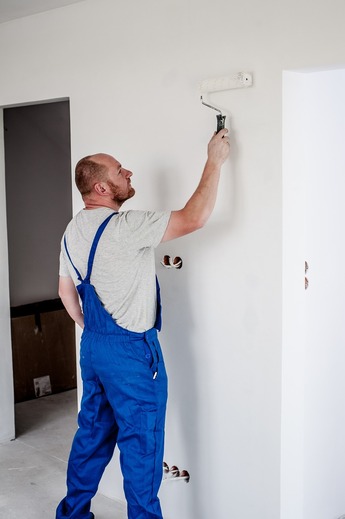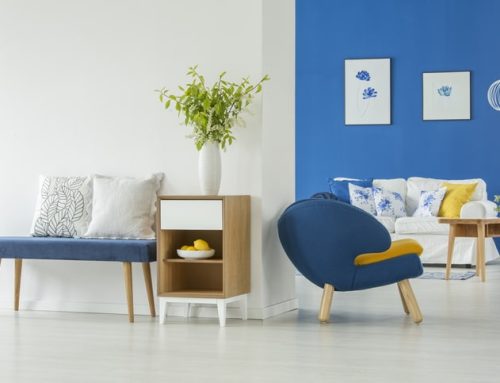Paint Colors for Different Lighting
Have you at any point finished painting a room just to see it turn out nothing liked the swatch you chose? This is a result of how we see colors in different lighting. The type of light you’re in at the moment impacts the perspective of how colors look in the room. For example, if you’re looking at a shirt under incandescent lighting, it might appear black; but if you look at the same shirt under natural lighting, it looks navy blue. This is referred to as metamerism, and it’s the same effect happening when you see the differences between your swatch and what it looks like finished on your walls. GI Painters is one of the best painting company that stands by their workmanship and the products they use with every painting project and they provide quality painting services.
How Lighting Affects Paint Color
Having a better understanding of how lighting in your house works makes picking out that perfect paint color that much easier. Think about the different areas throughout your house and how the lighting is different in each one. A dark hallway that doesn’t have a lot of light hitting it is going to need a color that works well in artificial lighting; while a sun-kissed room with a ton of windows will work better with a darker color that refracts the natural light.
The best way to see how lighting works within your house is to put a test spot on the walls where you want to paint. Instead of playing the swatch-to-wall guessing game, paint a few spots on the wall with different colors you might like and see how they look with the lighting throughout the day. From there you can adjust the colors lighter or darker to get you closer to the exact color you want.
Natural Lighting
The specific locations of your room in your house can also be a huge factor when it comes to natural lighting. In one room you might get a lot of lighting in the morning but if you spend most of your time in there during the evening hours, then you will want a color that looks good without having to rely on natural lighting.
North Facing Rooms
North facing rooms at times can be a challenge to deal with since they are usually on the darker side. Lighting from the north tends to be a lot cooler and makes the colors appear rather dull. Therefore, anything with a gray, blue, green, or lavender undertone is going to look darker. In rooms like this, it’s best to choose warmer colors to brighten up the darkness and avoid your rooms looking dingy and lifeless. Nonetheless, dark colors do work well in north facing rooms and help the space feel much bigger.
South Facing Rooms
Southern facing rooms are probably the easiest to work with natural lighting. These rooms are filled with light for most of the day and majority of colors will look great in these kinds of spaces. If you really want to bring out the beauty in these kinds of rooms go for lighter colors that will amplify it. You can still use dark tones just be careful since dark colors appear brighter than usual so you may have to adjust the shade accordingly.
Artificial Lighting
Artificial lighting becomes a factor at times when your room doesn’t get much natural light. Also, think about when you’re spending time in these spaces. Is it mainly in the early mornings or evenings? If it’s in the evenings when there isn’t a lot of natural lighting, then you will want to choose a color that works better in artificial lighting.
Fluorescent Lighting
Fluorescent bulbs tend to give off a blue tinted light. This kind of lighting works best with cooler colors such as blue and green. You can buy fluorescent bulbs that provide warmer lighting but they still won’t give you the same warmth as incandescent. Incandescent lighting dulls out brighter colors, so if you want to do a lighter color then you will have to go warmer than usual to balance the color out.


